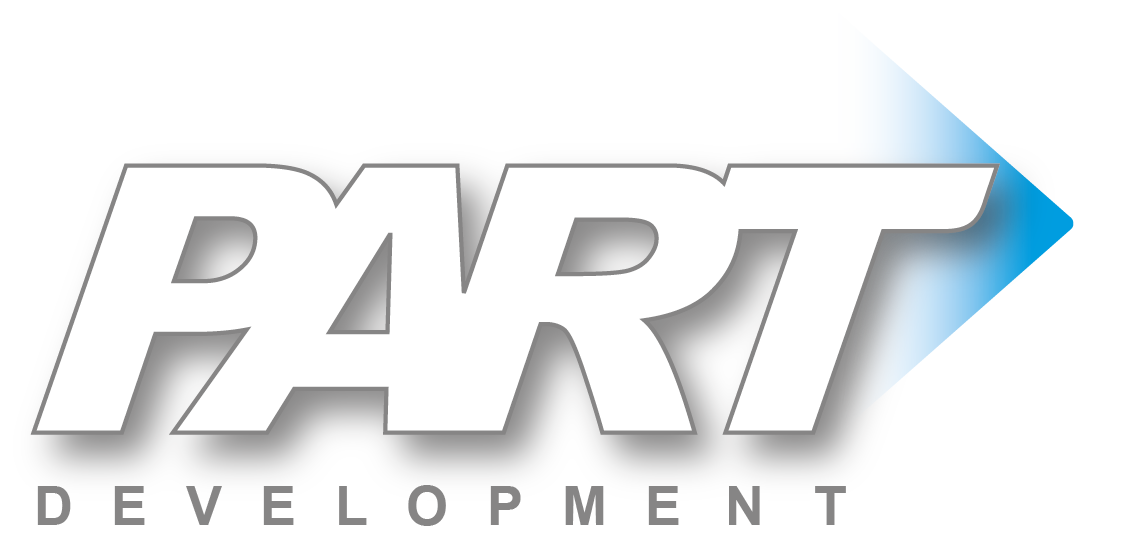INCREASING CAPACITY IN THE PROCESS INDUSTRY
The client
The production
operations of a pharmaceutical manufacturer that is part of an international company.
The challenge
Production
operations comprise 15 process lines split between two different departments. The operation is a classic process industry with continuous production—24 hours a day, 7 days a week— where the focus is on keeping equipment running,
in other words, high resource efficiency. In the flow selected for improvement, all of Process A’s five process lines could deliver to all of Process B’s ten production lines for further processing. This arrangement resulted
in flow paths intersecting and queues in the internal transport system, which led to process lines being forced to stop and wait. Historically the problem had been addressed by investing millions of dollars in the process lines.
There had even been plans to invest in automated internal transport, that in hindsight would not have provided the necessary increase in capacity either.
The journey
The improvements
were driven by the customer’s production management with competence support, encouragement and coaching from Part Development along the way. We at Part Development began the work by conducting a business analysis that resulted
in several proposals for improvement measures. We then coached an internal group of employees and leaders to create an action plan with concrete activities to implement the proposals. In short, the plan was to reduce complexity
by creating flow groups where only certain process lines were to be connected and to use Lean principles to manage the flow groups.
Changing the culture from one firmly rooted in resource focus to flow focus was a challenging process. It took a lot of courage, patience, and leadership from the organization to succeed. To reduce the risk and get faster results, they chose to start with a pilot flow area. Part Development arranged workshops and training sessions for all leaders and employees involved with the pilot flow area as well as the relevant support functions. This took time as the business operated a 5-shift schedule. However, the organization fully understood the importance of involving employees in the work with change. After a successful pilot project, the working methods were then transferred to other flow groups.
